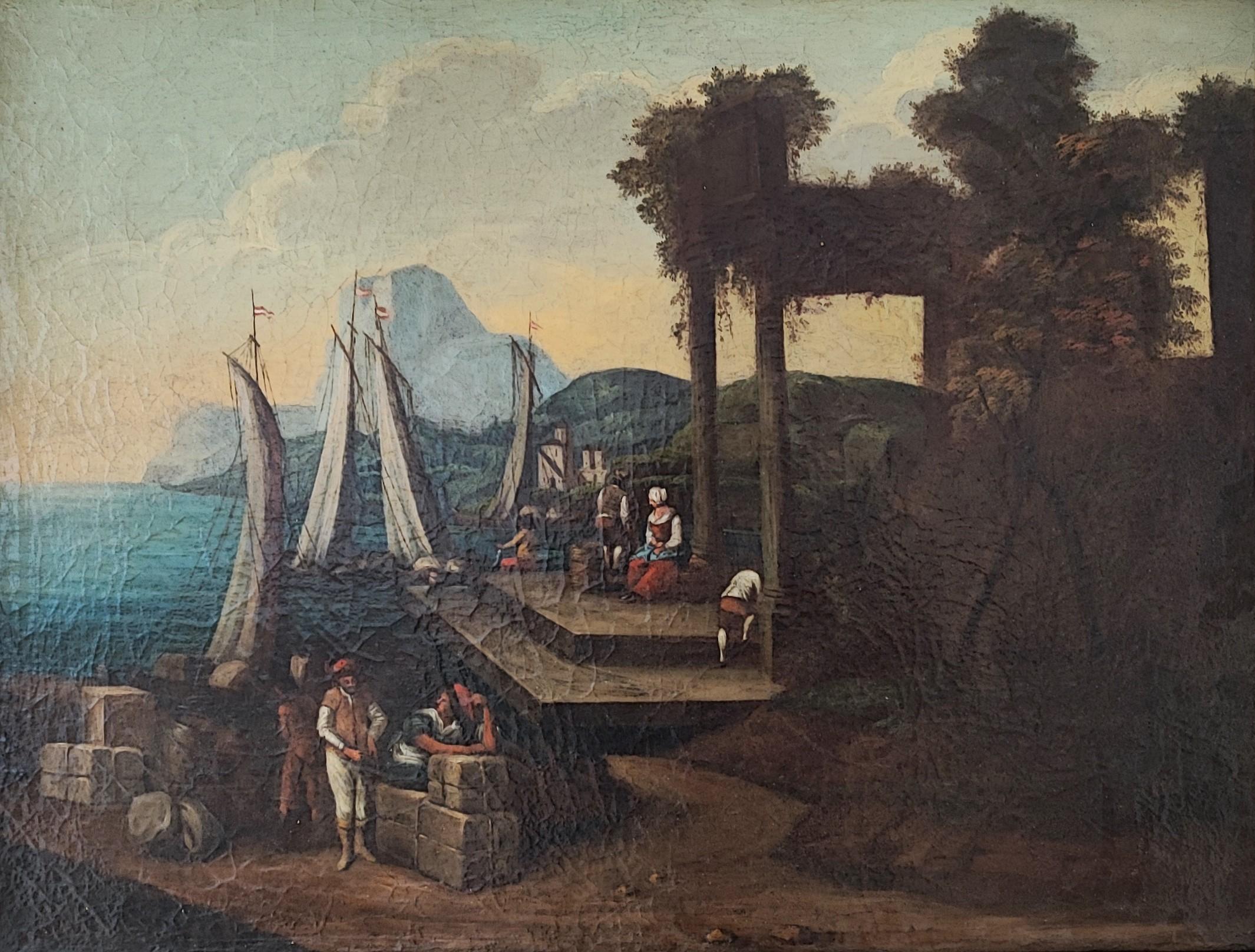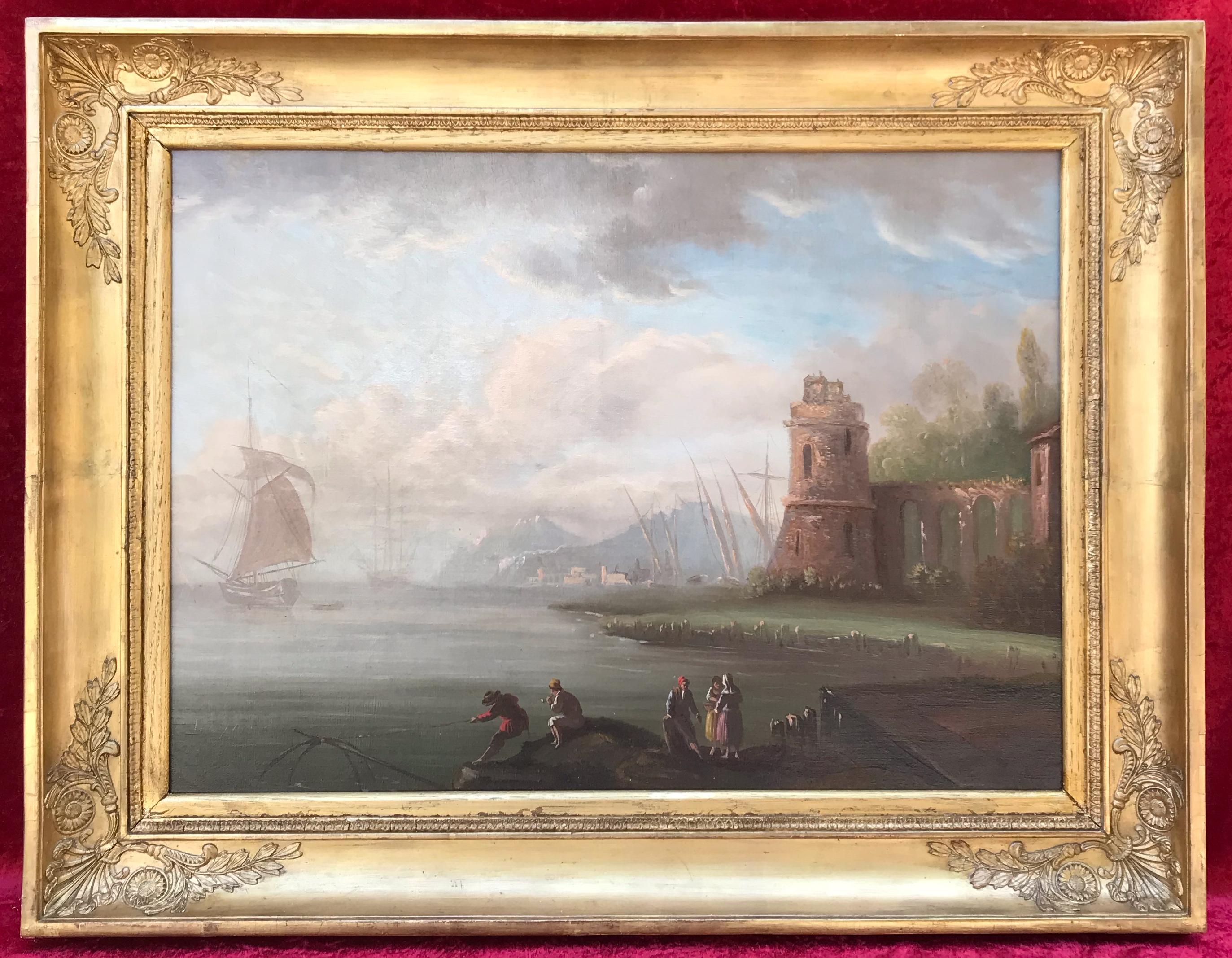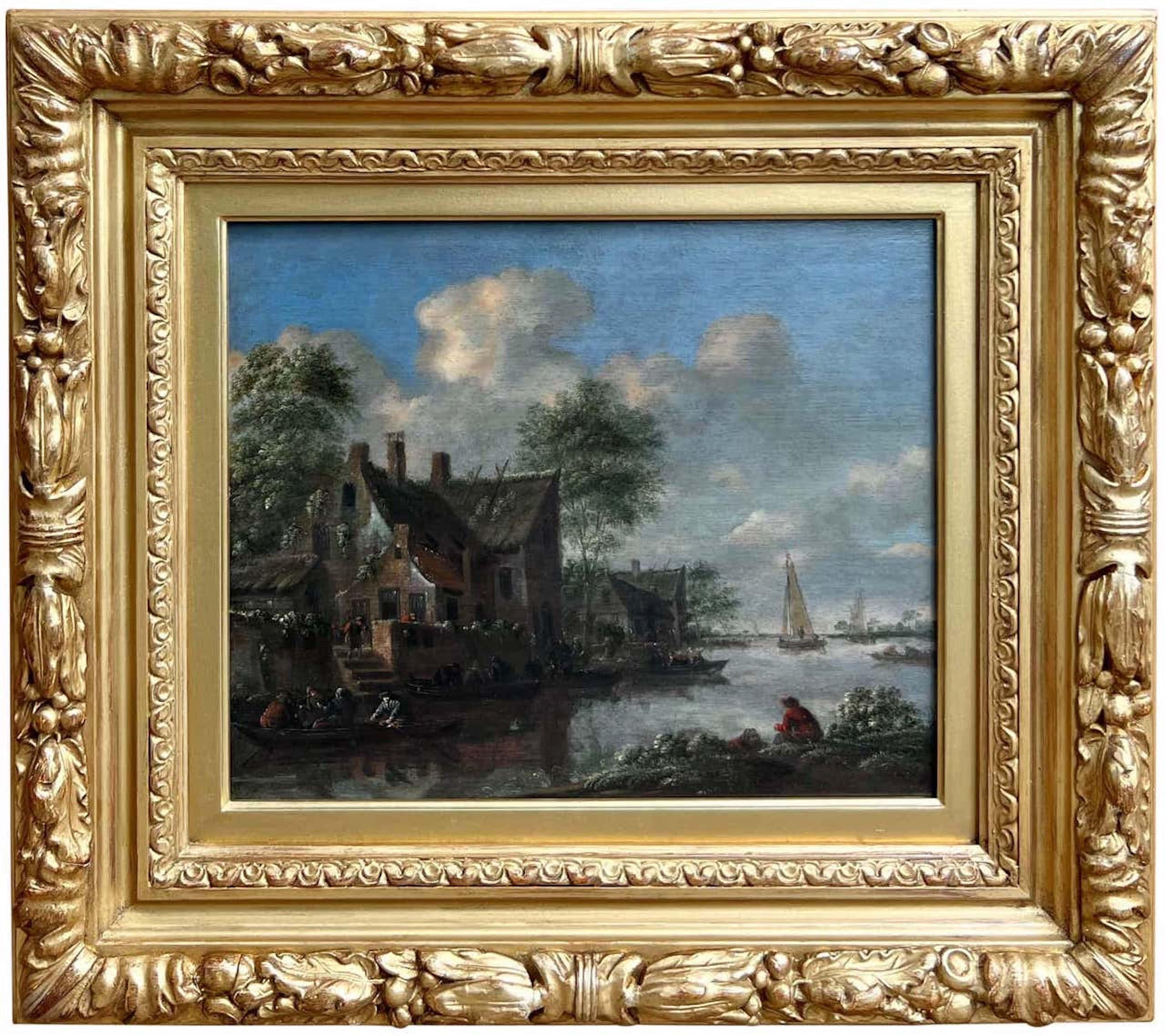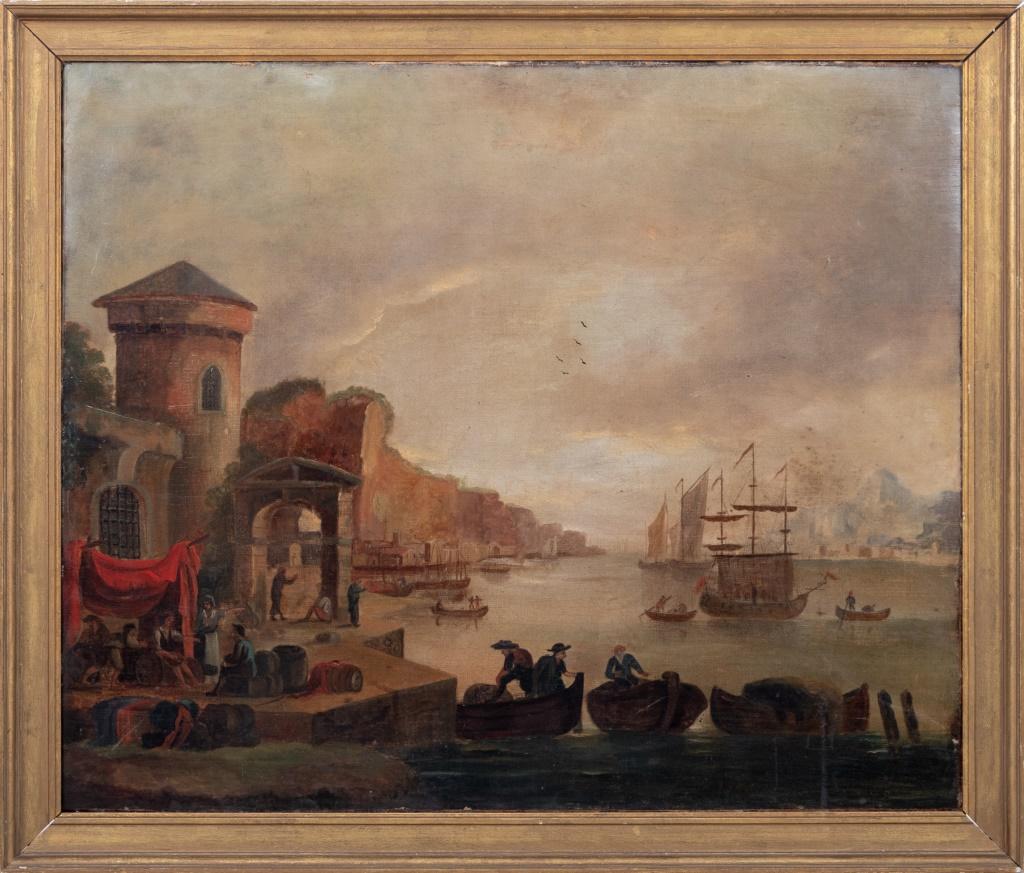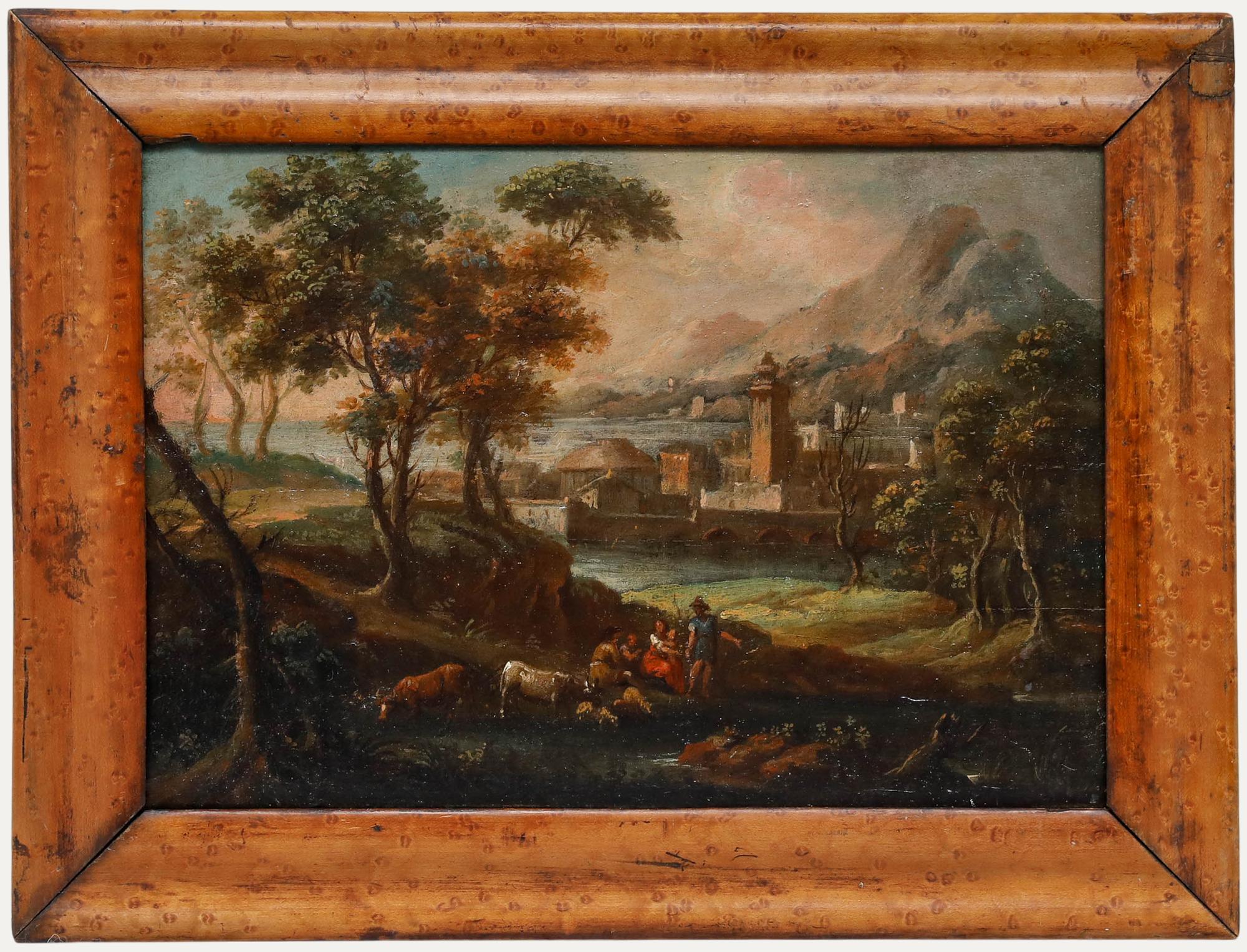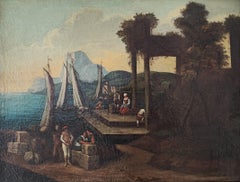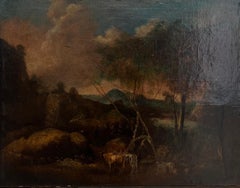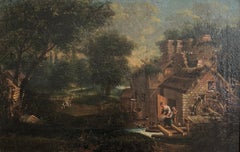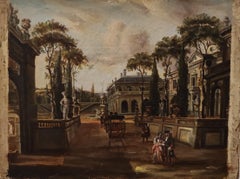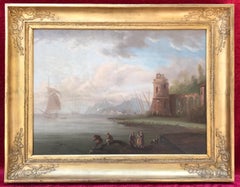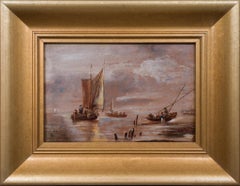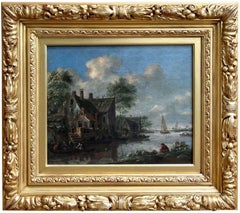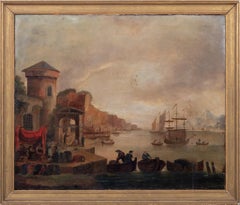Items Similar to Animated harbor scene
Want more images or videos?
Request additional images or videos from the seller
1 of 15
UnknownAnimated harbor scene
$3,554.21
£2,640.18
€2,970
CA$4,903.28
A$5,390.05
CHF 2,832.76
MX$65,454.85
NOK 35,338.01
SEK 33,480.28
DKK 22,609.18
About the Item
Work on canvas
Black wooden frame
71 x 91 x 3 cm
- Dimensions:Height: 24.22 in (61.5 cm)Width: 32.29 in (82 cm)Depth: 0.79 in (2 cm)
- Medium:
- Movement & Style:
- Period:
- Condition:Original frame.
- Gallery Location:Genève, CH
- Reference Number:1stDibs: LU2018212500802
About the Seller
5.0
Vetted Professional Seller
Every seller passes strict standards for authenticity and reliability
1stDibs seller since 2022
151 sales on 1stDibs
Typical response time: Several days
- ShippingRetrieving quote...Shipping from: Genève, Switzerland
- Return Policy
Authenticity Guarantee
In the unlikely event there’s an issue with an item’s authenticity, contact us within 1 year for a full refund. DetailsMoney-Back Guarantee
If your item is not as described, is damaged in transit, or does not arrive, contact us within 7 days for a full refund. Details24-Hour Cancellation
You have a 24-hour grace period in which to reconsider your purchase, with no questions asked.Vetted Professional Sellers
Our world-class sellers must adhere to strict standards for service and quality, maintaining the integrity of our listings.Price-Match Guarantee
If you find that a seller listed the same item for a lower price elsewhere, we’ll match it.Trusted Global Delivery
Our best-in-class carrier network provides specialized shipping options worldwide, including custom delivery.More From This Seller
View AllAnimated fishing scene
Located in Genève, GE
Work on canvas
Golden wooden frame
64 x 82.5 x 7 cm
Category
Late 18th Century Old Masters Landscape Paintings
Materials
Oil
$3,590
Pastoral scene
Located in Genève, GE
Work on canvas
Category
Mid-18th Century Italian School Landscape Paintings
Materials
Oil
$2,393
Animated Farm and Windmill Scenery
Located in Genève, GE
Work on canvas
Black wooden frame
51 x 73 x 5 cm
Category
18th Century Landscape Paintings
Materials
Oil
Animated landscape
Located in Genève, GE
Work on canvas
Category
19th Century Academic Landscape Paintings
Materials
Oil
$1,136
Landscape at the waterfall
Located in Genève, GE
Work on canvas
Category
Early 19th Century Landscape Paintings
Materials
Oil
Animated landscape
Located in Genève, GE
Work on paper
Dimension with the master key
24.5 x 38.5 x 0.3 cm
illegible signature
Category
20th Century Landscape Paintings
Materials
Oil
$1,077
You May Also Like
Harbour with Characters
By Émile Jean-Horace Vernet
Located in Saint-Ouen, FR
Follower of Emile Jean Horace Vernet (French, 1789–1863)
Marine Harbour With Characters
Oil on canvas signed low left - Signature to read
Old frame gilded with leaves
Size canvas : 4...
Category
1880s Academic Landscape Paintings
Materials
Oil
Maritime Scene with Sailboats
Located in Stockholm, SE
This captivating maritime painting, likely the work of an English artist, dates to the late 19th century and showcases a masterful command of light and texture. The composition featu...
Category
Late 19th Century Romantic Figurative Paintings
Materials
Oil, Board
Village by the Lake
Located in Wiscasett, ME
Old master painting featuring a busy port city in the 17th century. Most likely Dutch and very close in style to the work of Thomas Heeremans. This is...
Category
17th Century Old Masters Landscape Paintings
Materials
Oil
Italian School Harbor Scene Oil on Canvas
Located in Astoria, NY
Italian School, Harbor Scene, Oil on Canvas, 18th century, unsigned, wood frame. Image: 25.25" H x 30" W; frame: 29" H x 33.5" W.
Category
18th Century Italian School Landscape Paintings
Materials
Canvas, Oil
Early 20th Century Oil - Outskirts of the Coastal Town
Located in Corsham, GB
A fine oil study depicting a distant Italian coastal town. To the foreground, a farming family rest with their cattle and sheep by a stream. The trees, landscape and small figures ar...
Category
20th Century Landscape Paintings
Materials
Oil
"Landscape Painting"
Located in Edinburgh, GB
19th-Century Landscape Painting – Pastoral River Scene
Artist: Unidentified
Medium: Oil on Board
Dimensions: Framed: 35 x 47 cm Artwork: 25 x 38 cm
Style: Romanticism / Pastoral Lan...
Category
19th Century Romantic Landscape Paintings
Materials
Oil, Board
More Ways To Browse
Harbor Scene Oil Painting
Cows Grazing
20x24 Painting
Antique Large Painting Frames
Antique Nottingham
Brittany France Art
French Riviera Art
Impressionist Paintings Marine
Monet Giverny
Painting Of Cottages
Redondo Beach
Tropical Art Oil Painting
Yachts Boats
Jamieson Oil Painting
Large British Oil Painting
Naif Painting
Robert Wood Oil Painting
French Seascape Painting
